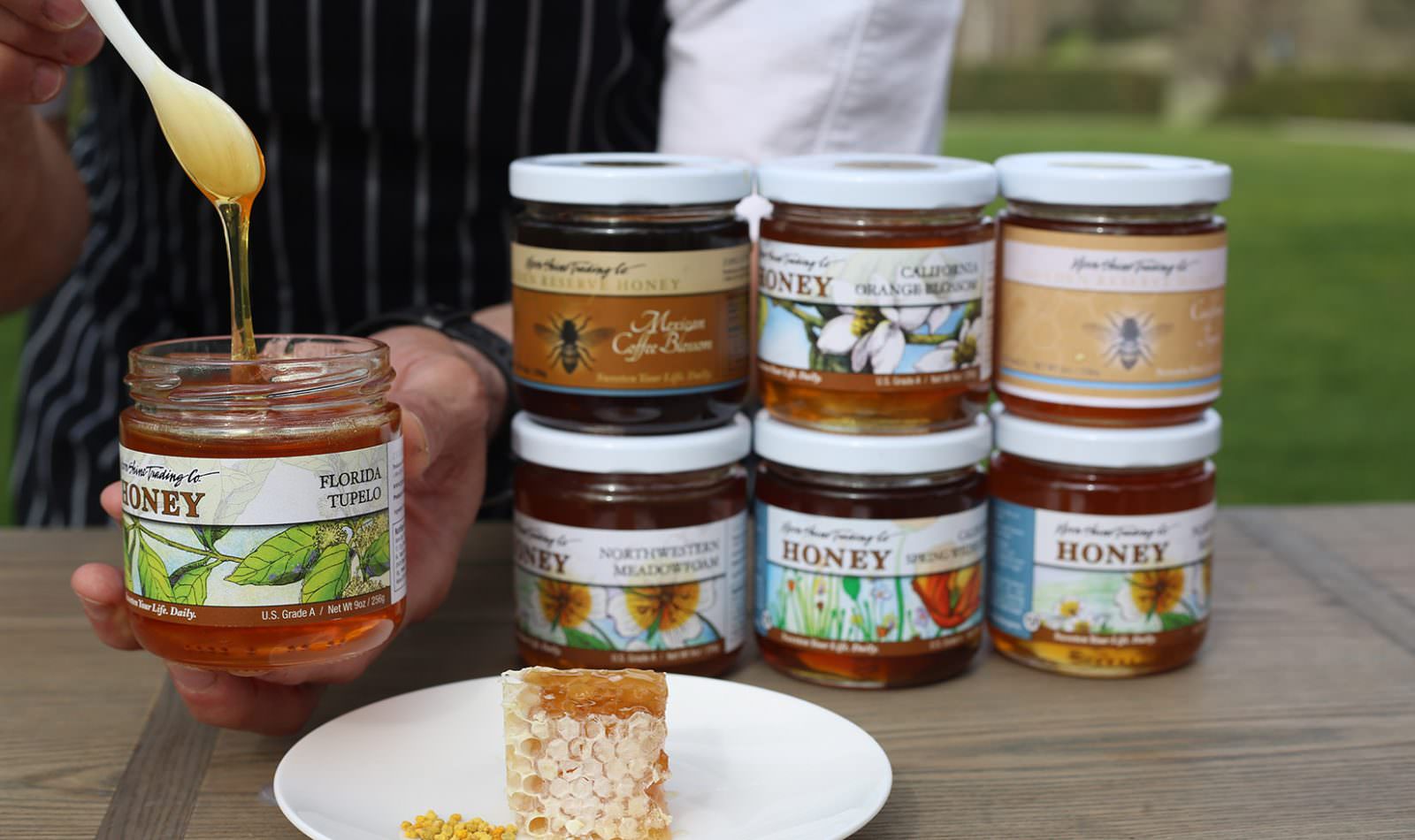
Becoming a Flow Hive Beekeeper + Our Favorite Facts About Honey
Includes interesting facts about honey bees and honey tasting notes
There’s a buzz around beekeeping in Sonoma County. Chefs, wineries and residents are embracing the opportunity to become keepers and help these vital insects continue to thrive in wine country. Due to the diverse natural setting of Jordan Estate and the surrounding Alexander Valley, we are ideally suited to host beehives. Bees forage over a five-mile radius from their hives, and our 1,200 acres of woodlands, vineyards, orchards, lakes and meadows have become a haven for these flower-feeding insects. One beekeeper has been bringing his hives to Jordan’s Petit Verdot vineyards for winter “vacation” for years before returning them to the Central Valley for almond tree pollination in February. It seems like a natural progression to create our own apiary and make our own honey.
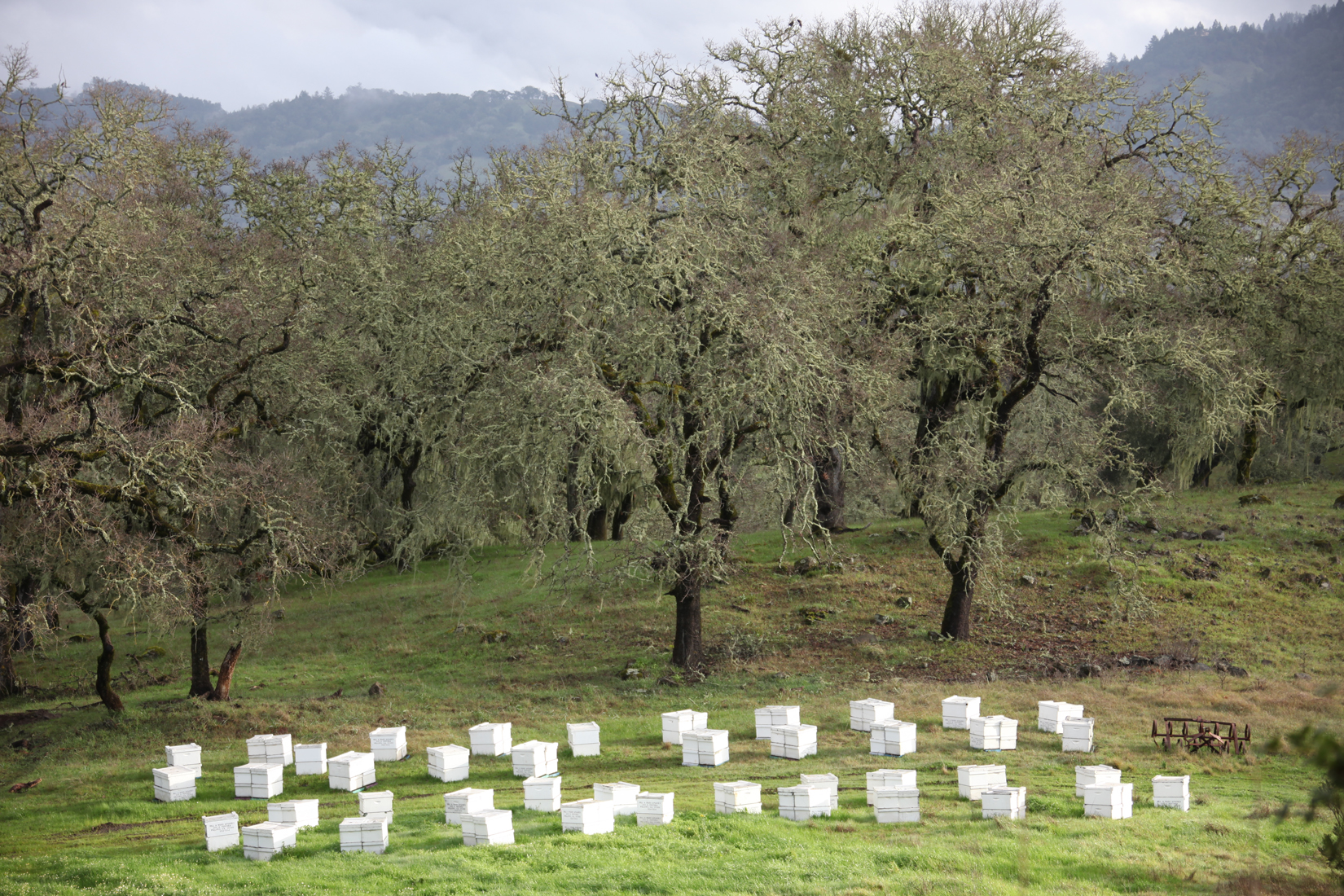
After learning of the Flow Hive last February, an ingenious invention designed by Australian beekeepers that allows extraction of honey (by way of tap) without disturbing the colony, we decided to become beekeepers. A founding supporters of Flow Hive, Jordan Winery will have three of their wooden-roofed homes, as well as traditional hives, in our apiary by the garden. The Flow Hive will not only be a source of honey to myself and our culinary team, but also a tool for educational research and further the understanding of our terroir.
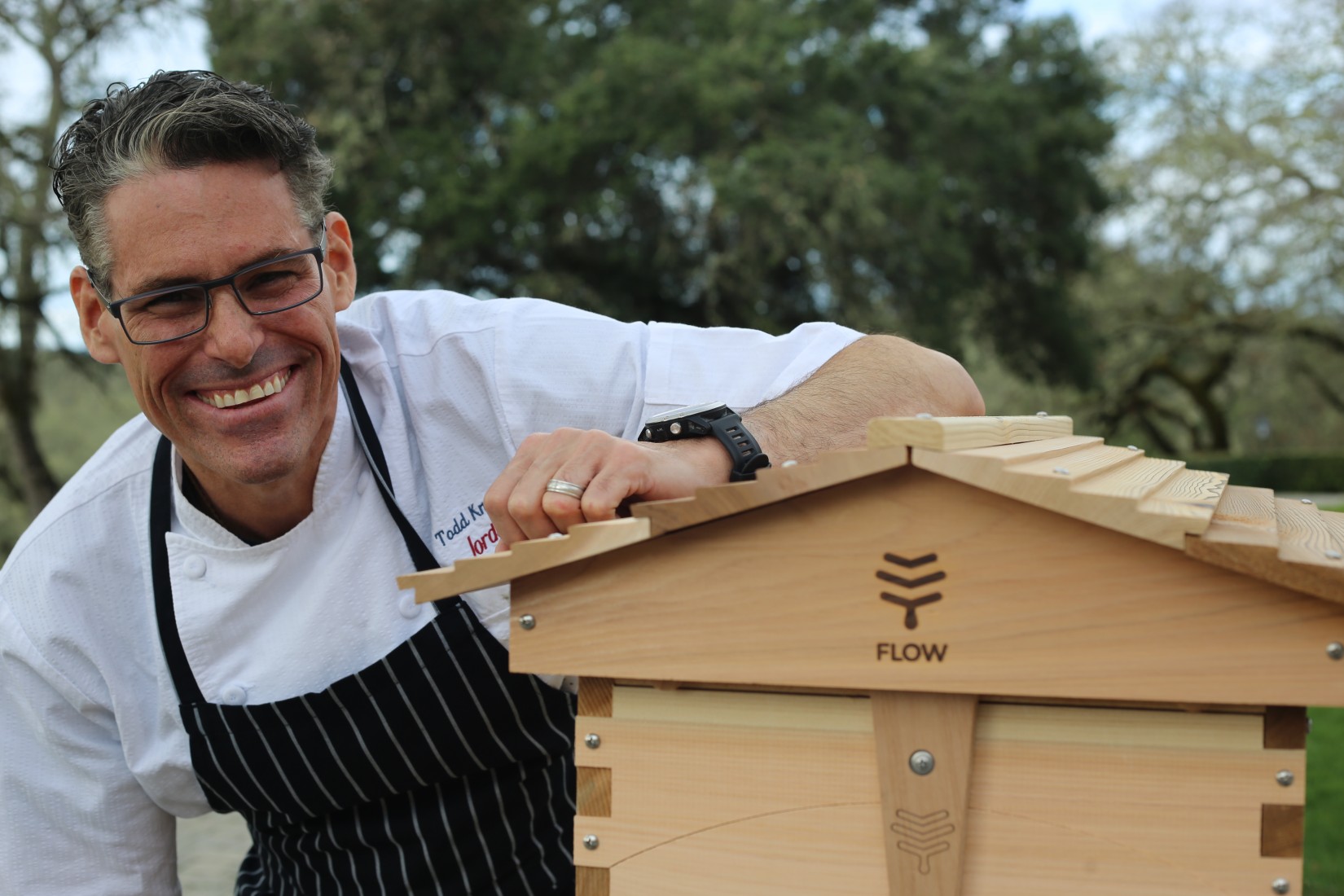
UC-Davis will soon begin a one-year trial with two of their own Flow Hives. While the bee community is extremely interested in the system, there is concern that the simplicity of the somewhat closed system makes interaction and observation of the hive and its overall health difficult (annual hive loss averages at approximately 40% primarily due to the varroa mite, pathogens, pesticides and the lack of diverse food sources). We are fortunate to have the resource so close and will be following their findings.
I recently returned from an in-depth class on beekeeping and honey tasting at UC-Davis. Led by Amina Harris, Director of the UC-Davis Honey and Pollination Center, the seminar allowed attendees to learn more about different types of beehives and how different flowers influence the taste of the bees’ honey. A Honey Wheel, similar to the Wine Aroma Wheel, also developed at the university, helped us identify the complex nuances of several American honeys.
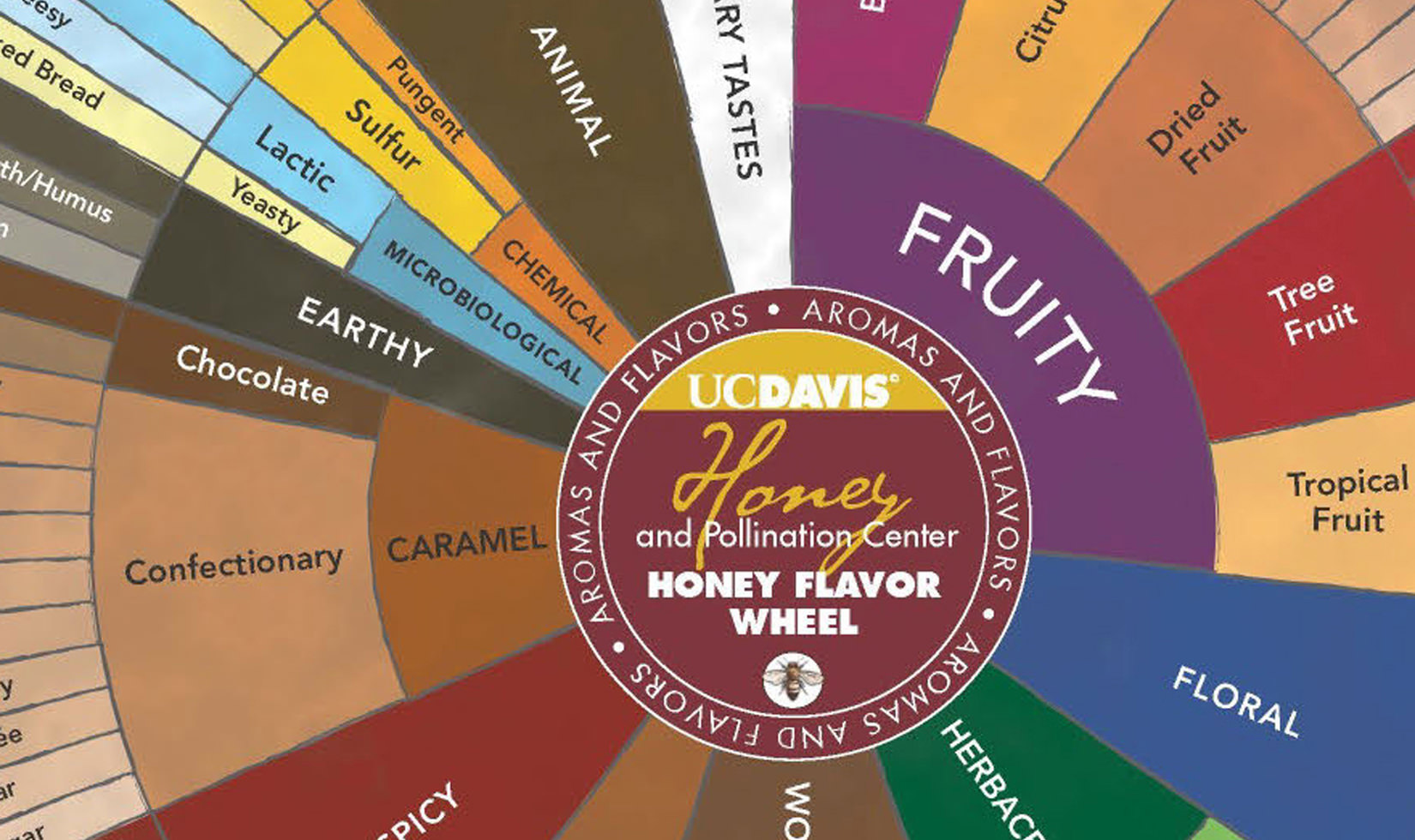
All of the honeys were from Moon Shine Trading Company, available through zspecialtyfood.com. I have also found many of their honeys at Whole Foods and will be incorporating these honeys into Jordan Tours & Tastings and Culinary Events until our hives are in full production. The queen and her worker bees will arrive at Jordan in early April. We expect our first honey in the fall and look forward to sharing our beekeeping journey with you.
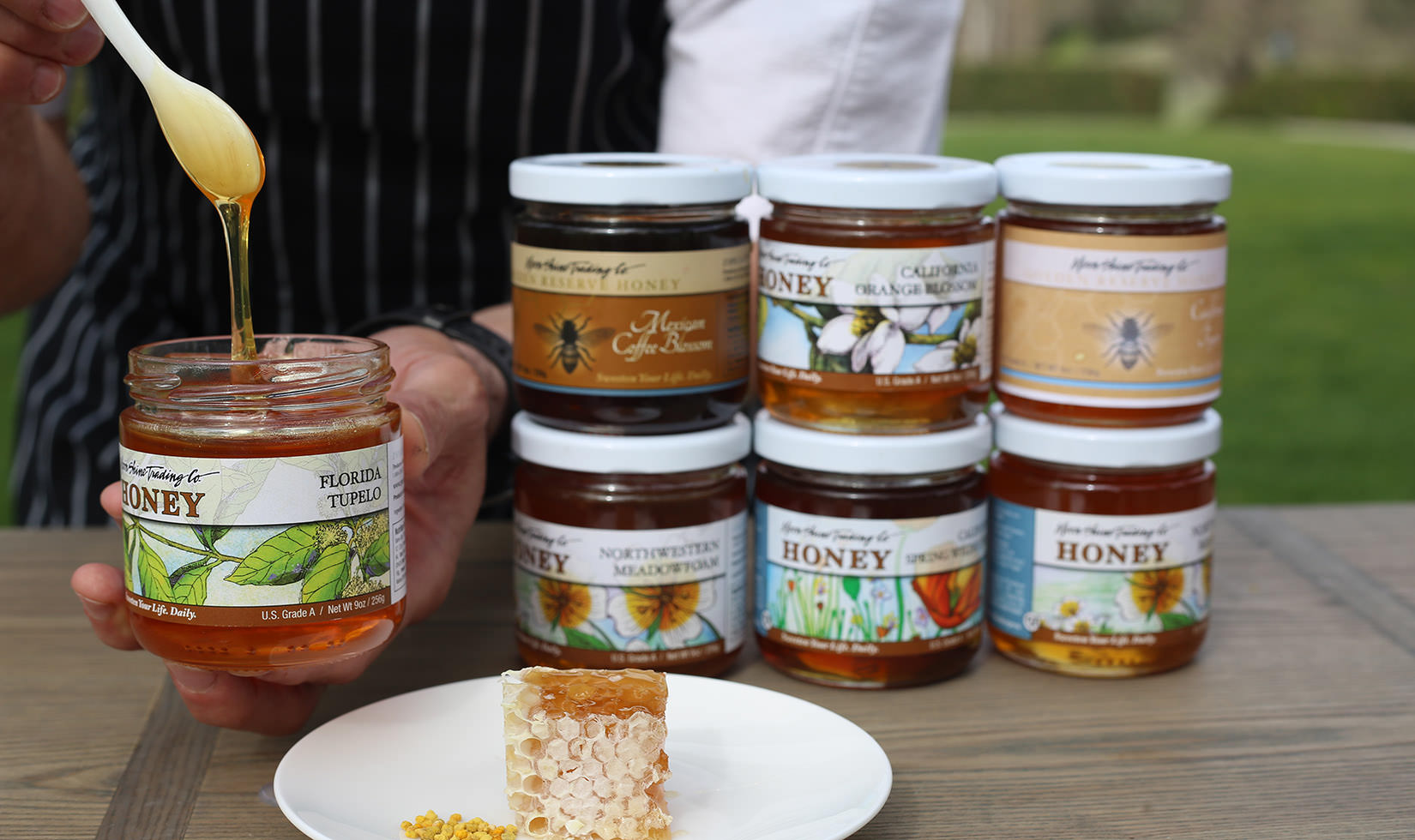
Here are some highlights from the UC-Davis course. Learn more about all the courses offered at the Honey and Pollination Center on their events calendar page.
Moon Shine Trading Company Honey Tasting Notes:
California Orange Blossom
Floral on the nose, honeysuckle and notes of licorice and cream; finishing with orange hard candy and a distinctive sourness on second tasting.
California Wild Buckwheat
First herbaceous with burnt sugar and chocolate at first taste, then citrus and chocolate in a long finish. A unique honey with both herbaceous and confectionary notes.
California Toyon
From the small red blossoms of the waxy green toyon bush comes an exotic honey of loam, mushroom and earth on the nose; molasses, brown sugar and butter on the palate. Amazing!
California Wildflower (1.5 years)
Expected strong florals but then distinct tropical layers of passion fruit, guava and bubblegum with distinct high notes of lavender and a creamy lactic mouthfeel.
Oregon Meadow Foam
Incredible and unique. Toasted marshmallow, creme brûlée (both the cream and the burnt sugar) and Tahitian vanilla. So distinct and exotic the majority of meadow foam is purchased by the cosmetic industry.
Interesting Honey Facts:
- Other than a few rare examples from Hawaii, no American honey is certified organic. It would require all land to be certified within a three-mile radius. Organic honey is sourced from South East Asia, India and Brazil.
- 75% of our honey is imported
- Honey labeled non-GMO is highly suspect (due to the radius they travel for food)
- Honey bees can forage further, but the conventional thinking is within three miles of their hives. Longer trips take more energy and resources than can be retrieved by the bee.
- Americans consume 1.4 pounds of honey per capita
- Much of our honey is filtered of all identifying pollen and crystallization, which creates the characterless sweetener American palates have grown up with. Our honey could not be sold as such in the EU.
- There are more than 1,500 species of bees native to California alone (20,000 species in the world)
- Honey’s flavor changes and its color darkens over time
- The Pesticide Active Ingredient Database is a great source of information about pesticides used in the garden and their effect on bees
- Our tomatoes, squash and other native plants are pollinated by native species
- Honey bees were not introduced in America until the 1600s; the verroa mite was introduced in the 1980s
SaveSave
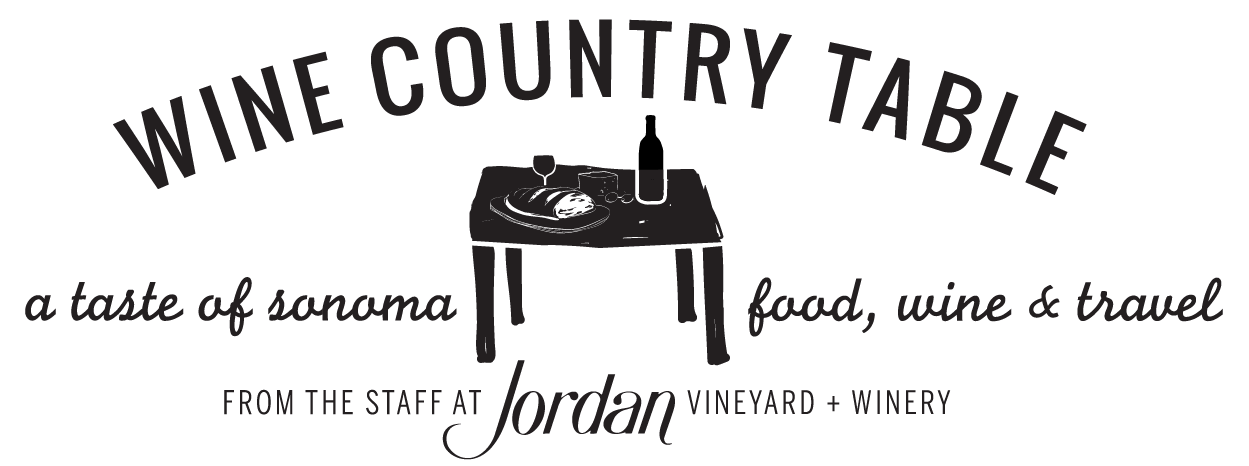
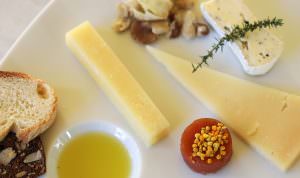

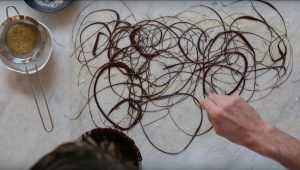
you are so creative. they are lucky to have you and you are fortunate that you are allowed to express yourself in so many ways. mort
i never fail to marvel at your creativity. mort hochstein